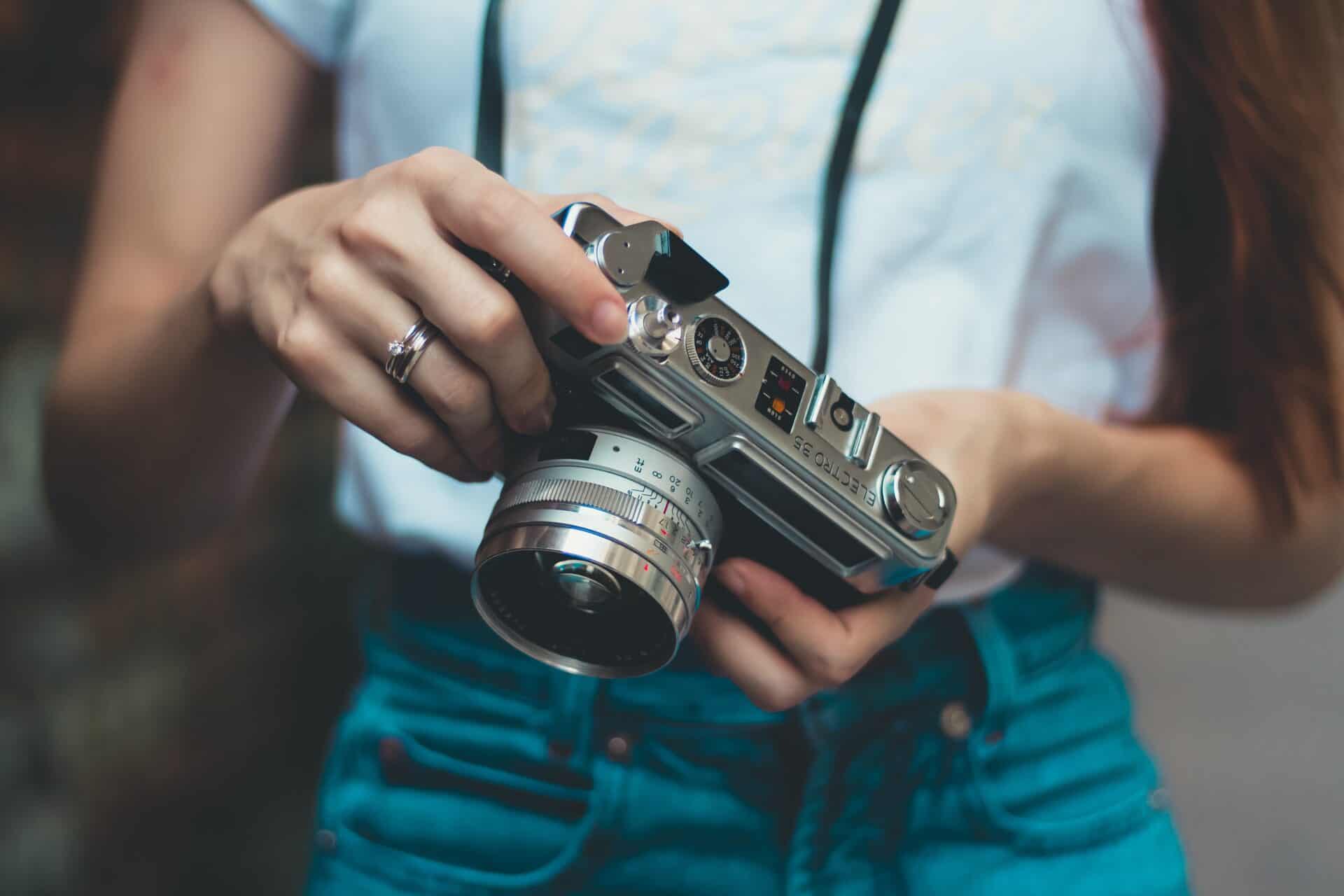Illegal Content on Your School’s Website? 10 Legal Picture Sources

Picture Israelzin Oliveira
We don’t know the reason, maybe lack of time or lack of awareness, but we often see illegal content on schools’ websites: photos, illustrations etc. Usually, website administrators simply download pictures from Google and use it as their own. Well, this has to change. School should be that place, where everyone understands intellectual property rights and pupils should be taught that too.
Why You Shouldn’t Just Google a Picture?
In many cases this is still overlooked. However, there will come a day, when artificial intelligence will search for intellectual property rights infringements and you might be charged for breaking the law. In other words, if you haven’t been caught yet, it doesn’t mean that’s okay to do it.
We don’t aim to scare you, we just want to attract your attention to the problem. Take initiative now and use legal content on your website.
In simple terms:
- Every picture you find on Google has its author and/or owner.
- Author/owner decides who can use the picture and on what conditions.
- Various intellectual property rights organizations defend the right of the author and/or the owner.
- These organizations can find out if pictures are used illegally and inform the picture’s owner or author.
- It is your responsibility to make sure all the pictures on your website are used legally and if you break someone’s intellectual property rights, you might need to pay fines and cover their loss.
Cleverphant 🐘 Advice: Where to Start the Change?
Main points:
- Don’t “borrow” pictures from another school’s website, that’s illegal.
- Don’t use pictures with watermarks. It’s not only illegal, it also says “I know it’s illegal and I don’t care”.
- We recommend that the school administration release a note with guidelines for the school’s community. Note should include the importance of intellectual property rights and how to adhere to them.
- Make sure all posts on your website have appropriate authors and co-authors noted.
How to avoid violations?
There are plenty of online sources, where you can find royalty free pictures and illustrations. Often, you only need to add a reference or nothing at all. Those sources have search, so with appropriate keywords you will definitely find something that suits you.
How to find those sources?
You can Google “open source images” or “creative common images”. Websites that will appear in the search usually clearly indicate whether you can use their image database and how to attribute the author. You might need to register to get high quality images, but is it really such a big problem?
10 Legal Sources to Get Pictures:
6. https://www.splitshire.com/